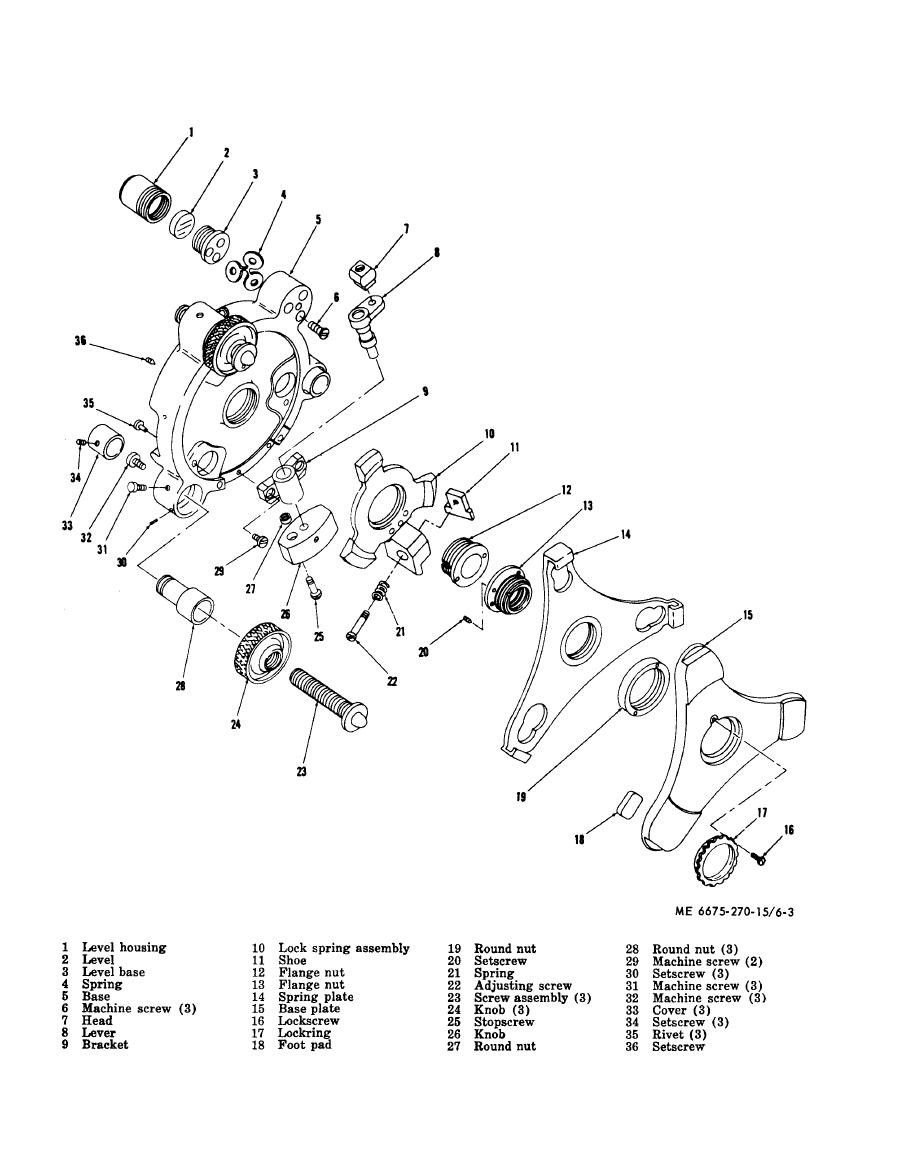My mind was wandering and I wondered why we call a tribrach a tribrach? Yes, I understand that "tri" is related to the three feet. So I tried looking it up and I'm more confused than ever when I read this definition:
"a metrical foot of three short syllables of which two belong to the thesis and one to the arsis".
So, why? Can you help?
But in the course of my searching I found this video about checking and adjusting. It's well done by Seco:
Plus there are some other videos there as well.
brachium is Latin for "arm"
> "a metrical foot of three short syllables of which two belong to the thesis and one to the arsis".
Best example I could find

Probably in left field but I always equated "brach" with brac" as in bracket. Then you add the tri for the three "feet" thingy.
> Probably in left field but I always equated "brach" with brac" as in bracket. Then you add the tri for the three "feet" thingy.
I always assumed it's because the spring plate and the base plate have three arms.

> Probably in left field but I always equated "brach" with brac" as in bracket. Then you add the tri for the three "feet" thingy.
I always thought the same. The more you know!
I didn't know what an Arsis is
So I googled it.
Apparently it's this

Don
I didn't know what an Arsis is
Frequently Arsis comes teamed with Cath, as in Amorphous Catharsis.
Now you know.
Because it's a Triangle Bracket
A bracket is a right angle support
http://www.oxforddictionaries.com/us/definition/english/bracket?q=bracket
I didn't know what an Arsis is
Are you pulling a Fleming on me, Cow?
I hate being outsmarted by livestock.:-$
Don
I have pulled many things in my life
But, so far as I know, I have never pulled a Fleming.:-P
Doesn't it "bracket" the instrument at a right angle to the tripod head?
Good answer.
How long have tribrachs been around?
While Wild had had a couple of styles, their "standard", removable tribrach has been around since the 1920's. The European style 3 screw base has been around longer than that, but I can't put a finger on a beginning. But these weren't removable.
Those examples are weird. How far should we trust an analysis by someone who is silently accepting “He and me . . . walk”? Anyway, here is Edmund Gosse, at the end of his article on “Verse” for the eleventh edition of the Encyclopaedia Britannica (1910-1911). :
It is extremely doubtful whether any youthful poet was even helped by prosodical instruction; his earliest measures are imitative; he does not compose consciously in “tribrachs” and “iambs”; he would gape in astonishment if asked to define the “pyrrhichian hypothesis”; his bursts of enthusiasm are not modified by a theory of “trisyllabic equivalence.” The old formula of verse, “variety in unity,” holds good in all languages, countries, and times; the delicate rapture involved in a brilliant combination of rhyme and metre is a matter which is regulated, indeed, on a consideration of the laws of prosody, but depends on other and wider qualities of a moral and an aesthetic order.
Consider the German name, dreifüß. I believe it means three legs or three feet.
Link to Leica Accessory page in German:
http://www.leica-geosystems.de/de/Dreifuesse_84824.htm
Here's an on line translation:
> brachium is Latin for "arm"
With only 2 years of high school Latin behind me, the first time I saw a tribrach and was told its name, that name immediately made sense, because it has 3 arms. There's no question in my mind as to the origin of the term.
OK - I can accept that. But I certainly hadn't thought of it terms of "arms", but rather I would have thought in terms of feet or legs.
And your 2 years of high school Latin certainly stuck with you better than my 2 years stuck with me. I do remember that the main thing I learned from Latin is that I learned English.



